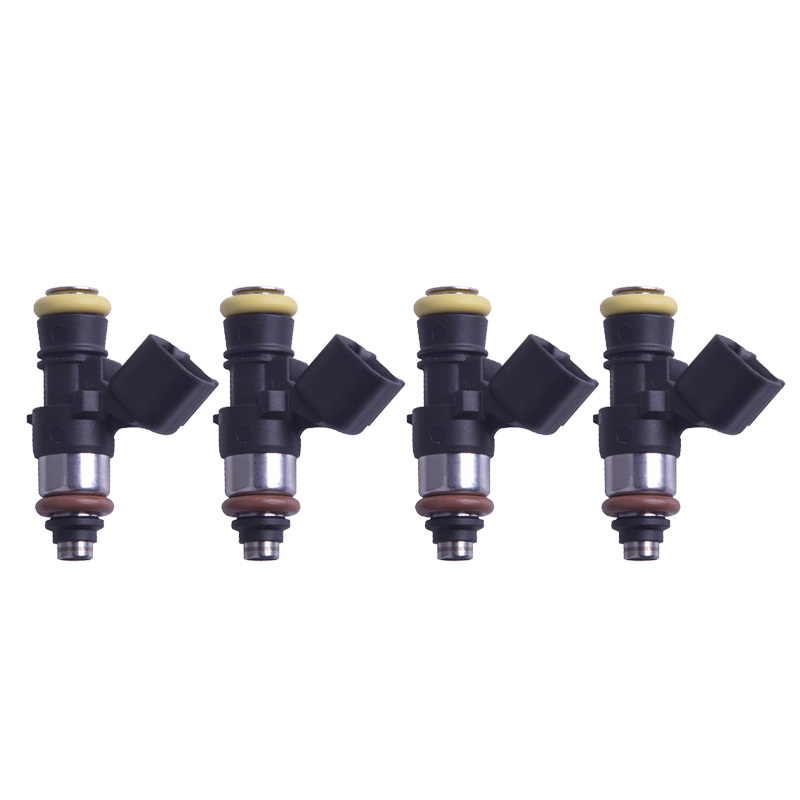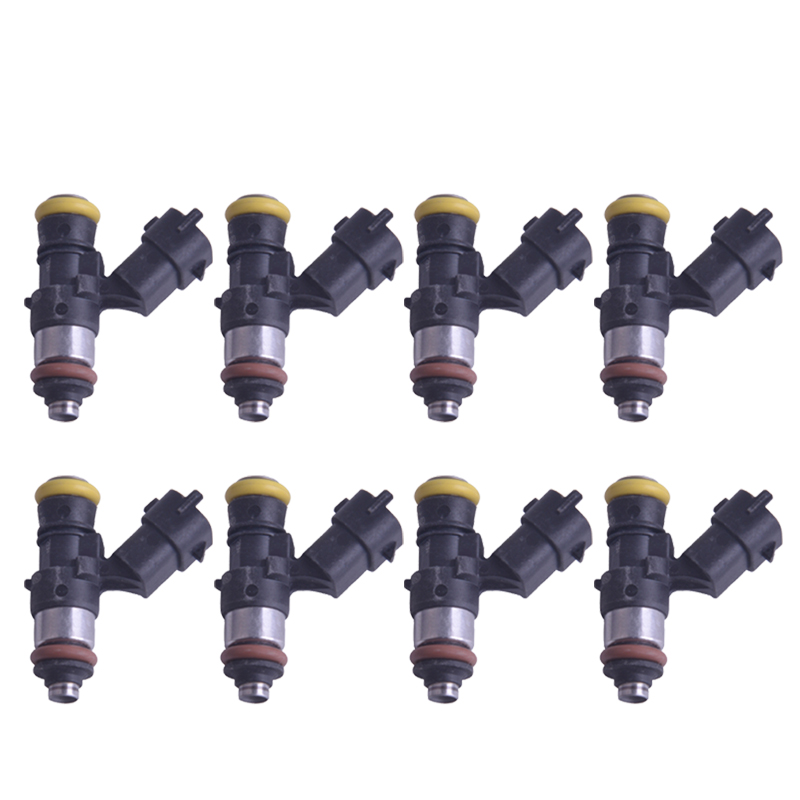A set of high performance fuel injectors can add to the performance of your vehicle, but must be carefully considered to attain optimal performance. They require numerous support modifications to work properly, but the tradeoffs are minimal, and the performance gained is extensive. This doesn’t mean that just any fuel injectors will work for you, and your choices are many.
When to Consider New Fuel Injectors
From the factory most fuel injectors run at about 80 percent load. This means that at the maximum performance of the stock engine, the injectors are only flowing at 80 percent of their maximum. When aftermarket parts are installed and the engine begins to process more air, the injectors only have at most 20 percent more load. This is usually fine for non-turbo cars with minor modifications. But once the engine begins to process an increased amount of air (either by adding boost or NOS or grossly changing the engine’s displacement), the fuel injectors won’t be able to flow enough fuel to keep the engine from running lean. This is when one should consider upgrading their fuel delivery system.

How Performance Injectors Work
The main thing most people look at when considering upgraded fuel injectors is flow. Flow is the amount of fuel that passes through the injector per minute. For example, a 500cc injector puts 500 cubic centimeters of gasoline into the engine at peak flow. That’s half a liter every minute at full throttle per injector. In essence, fuel economy goes out the window when the pedal is to the floor. Therefore, matching the proper injector to your specific application is a must. This is where planning ahead comes into play, knowing how much boost or NOS your car will be using and pairing it to the correctly sized injector. If you go overboard when selecting injector size, performance will suffer just as much as if the injectors were undersized.

What Support Upgrades Are Needed
At the very least an ECU reprogram will be absolutely necessary. This is because the ECU controls the duration of the opening and closing of the injectors; if the stock ECU is used, it will flood the engine with fuel. To build the most efficient fuel delivery system you may want to consider a piggy-back fuel computer and air/fuel ratio gauge. This way you can get real time air/fuel readings that can alert you of any trouble signs or when the car is running too rich or too lean. Also, depending on your vehicle, you may need an upgraded fuel pump and an adjustable fuel pressure regulator. This will provide the proper fuel pressure for your upgraded injectors, and adjustability for optimal performance and efficiency.
In reality, if your car is modified to the point at which you need upgraded fuel injectors, you realistically need an upgraded fuel delivery system for optimum results. If done right, an upgraded fuel system will create an atmosphere where the engine can make more power, reliably and efficiently.
